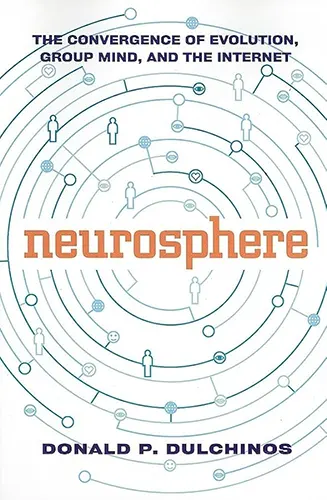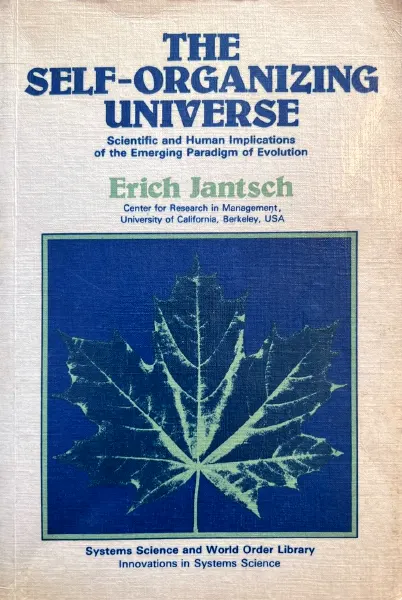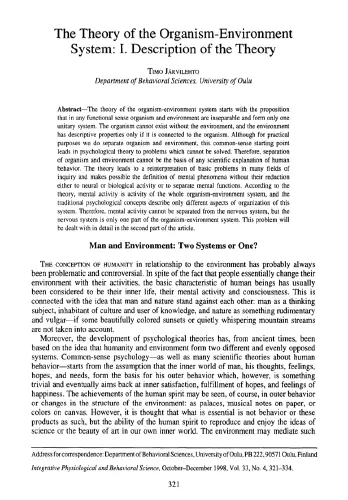The Library of Consciousness
of Consciousness
Why a Science of Mind Implies the Transcendence of Nature (1997)
A Landscape of Consciousness
Diverse explanations or theories of consciousness are arrayed on a roughly physicalist-to-nonphysicalist landscape of essences and mechanisms. Categories: Materialism Theories (philosophical, neurobiological, electromagnetic field, computational and informational, homeostatic and affective, embodied and enactive, relational, representational, language, phylogenetic evolution); Non-Reductive Physicalism; Quantum Theories; Integrated Information Theory; Panpsychisms; Monisms; Dualisms; Idealisms; Anomalous and Altered States Theories; Challenge Theories. There are many subcategories, especially for Materialism Theories. Each explanation is self-described by its adherents, critique is minimal and only for clarification, and there is no attempt to adjudicate among theories. The implications of consciousness explanations or theories are assessed with respect to four questions: meaning/purpose/value (if any); AI consciousness; virtual immortality; and survival beyond death. A Landscape of Consciousness, I suggest, offers perspective.
Interview on Cybernetics
Heinz von Förster delves into the enigmatic realm of cybernetics. The conversation dances around the essence of this field, exploring its core principles of circularity, self-organization, and the nature of information. Together with Sherwin Gooch, he grapples with profound questions surrounding the definition of life, the Gaia hypothesis, and the tantalizing possibility of replicating human consciousness. Ultimately, the dialogue underscores the intricate interplay between observer and observed, challenging conventional notions of information and reality.
Mind Outside Brain
We approach the problem of the extended mind from a radically non-dualist perspective. The separation between mind and matter is an artefact of the outdated mechanistic worldview, which leaves no room for mental phenomena such as agency, intentionality, or feeling. We propose to replace it by an action ontology, which conceives mind and matter as aspects of the same network of processes. By adopting the intentional stance, we interpret the catalysts of elementary reactions as agents exhibiting desires, intentions, and sensations. Autopoietic networks of reactions constitute more complex super-agents, which moreover exhibit memory, deliberation and sense-making. In the specific case of social networks, individual agents coordinate their actions via the propagation of challenges. The distributed cognition that emerges from this interaction cannot be situated in any individual brain. This non-dualist, holistic view extends and operationalises process metaphysics and Eastern philosophies. It is supported by both mindfulness experiences and mathematical models of action, self-organisation, and cognition.

Neurosphere
According to Donald Dulchinos, the real action on the Internet isn’t in the realm of commerce. It is, plain and simple, in the realm of religion. But not exactly that old-time religion. This book is about the spiritual impact of our increasing ability to communicate quickly and with enhanced evolution. It's about our search for meaning, our hunger for a glimpse at humanity's future development in which, frighteningly or excitingly, the trend is clearly toward increasing integration of telecommunications and information technology with the body itself. Electronic prosthetics, direct neural implants, and the brain's control of electronic and mechanical limbs move the boundary that used to exist between human and machine to some undefined frontier inside our bodies, our brains, and, perhaps, our minds.
The Computational Boundary of a “Self”
All epistemic agents physically consist of parts that must somehow comprise an integrated cognitive self. Biological individuals consist of subunits (organs, cells, and molecular networks) that are themselves complex and competent in their own native contexts. How do coherent biological Individuals result from the activity of smaller sub-agents?
The Extended Mind
Where does the mind stop and the rest of the world begin? The question invites two standard replies. Some accept the boundaries of skin and skull, and say that what is outside the body is outside the mind. Others are impressed by arguments suggesting that the meaning of our words ‘just ain't in the head,’ and hold that this externalism about meaning carries over into an externalism about mind. Clark and Chalmers propose the pursuit of a third position: active externalism, based on the active role of the environment in driving cognitive processes.
The Global Superorganism
The organismic view of society is updated by incorporating concepts from cybernetics, evolutionary theory, and complex adaptive systems. Global society can be seen as an autopoietic network of self-producing components, and therefore as a living system or “superorganism”.
The Organization of the Living
What makes something alive? This bold theory argues living systems are like machines that build themselves. Called “autopoietic,” they constantly churn out parts that self-assemble into a whole. Likewise, the nervous system loops activity back into more activity. We don't compute information, but structurally couple to the world. Cognition emerges from how our nervous system meshes with reality, not from complex symbol manipulation as commonly believed.

The Self-Organizing Universe
The evolution of the universe—ranging from cosmic and biological to sociocultural evolution—is viewed in terms of the unifying paradigm of self-organization. The contours of this paradigm emerge from the synthesis of a number of important concepts, and provide a scientific foundation to a new world-view which emphasizes process over structure, nonequilibrium over equilibrium, evolution over permanency, and individual creativity over collective stabilization. The book, with its emphasis on the interaction of microstructures with the entire biosphere, ecosystems etc., and on how micro- and macrocosmos mutually create the conditions for their further evolution, provides a comprehensive framework for a deeper understanding of human creativity in a time of transition.

The Theory of the Organism-Environment System
In any functional sense, organism and environment are inseparable and form only one unitary system. The organism cannot exist without the environment, and the environment has descriptive properties only if it is connected to the organism. Separation of organism and environment cannot be the basis of any scientific explanation of human behavior. The theory leads to a reinterpretation of basic problems in many fields of inquiry and makes possible the definition of mental phenomena without their reduction either to neural or biological activity or to separate mental functions. According to the theory, mental activity is activity of the whole organism-environment system, and the traditional psychological concepts describe only different aspects of organization of this system.